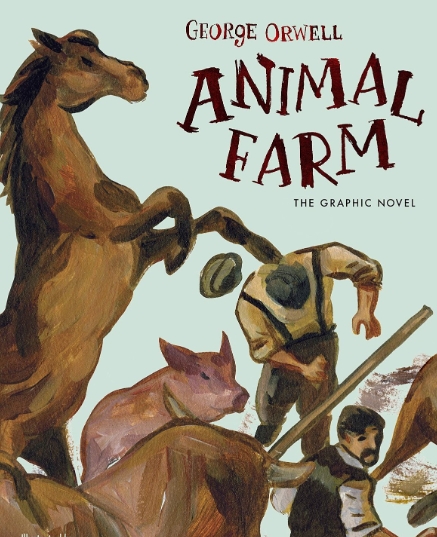George Orwell’s Animal Farm has long been recognized as a political allegory that critiques the rise of totalitarianism. By examining the characters and events in the novel, the underlying political message becomes clear.
The Allegory of Revolution
In Animal Farm, the animals rise up against their human owner, Mr. Jones, symbolizing the Russian Revolution of 1917. The character of Old Major, who inspires the revolt, represents Karl Marx and his ideas of socialism.
The Tyranny of Napoleon
Napoleon, the pig who seizes power after the revolution, represents Joseph Stalin. Like Stalin, Napoleon becomes a ruthless dictator who rules with an iron fist. His use of violence and manipulation mirrors Stalin’s tactics in controlling the Soviet Union.
The Betrayal of Snowball
Snowball, another pig who initially leads the revolution alongside Napoleon, symbolizes Leon Trotsky. Like Trotsky, Snowball is eventually betrayed and driven out by Napoleon, who views him as a threat to his power. This betrayal reflects the historical conflict between Stalin and Trotsky in the Soviet Union.
The Manipulation of Squealer
Squealer, the pig who serves as Napoleon’s propagandist, represents the Soviet government’s use of propaganda to control the masses. By distorting the truth and spreading lies, Squealer ensures that the other animals remain loyal to Napoleon, despite his oppressive rule.
The Tragic Cycle of Oppression
As the animals’ revolution is corrupted and their ideals betrayed, Animal Farm becomes a cautionary tale about the dangers of unchecked power. The cycle of oppression and manipulation that unfolds on the farm mirrors the totalitarian regimes that arose in the aftermath of the Russian Revolution.
In conclusion, George Orwell’s Animal Farm serves as a powerful indictment of totalitarianism and the corruption of power. By uncovering the political allegory in the novel, readers can gain a deeper understanding of the historical events and ideologies that inspired Orwell’s work.
